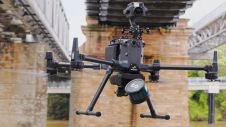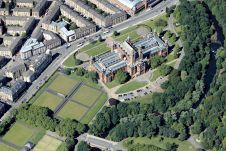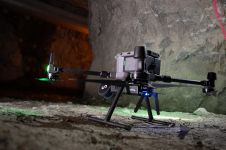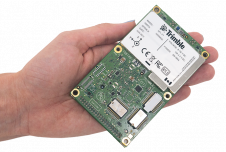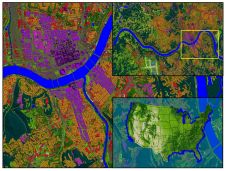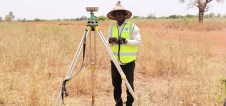Teledyne Optech.泰坦莱达Discovers Extended Mayan Ruins
本文最初发表在地理学世界。
Teledyne Optech.s泰坦sensor was used by the University of Houston’s National Center for Airborne Laser Mapping (NCALM) to reveal extensive Mayan ruins in Guatemala. Lidar technology was able to identify hundreds of previously unknown structures, including raised highways, and complex irrigation and terracing systems.
玛雅文明的崩溃后,寡糖r cities and monuments were quickly covered by thick rainforest, hiding the ancient civilization from airborne observation and making it very difficult to survey on foot. Flying high above the rainforest, Titan’s lasers penetrated the canopy to collect almost a million data points per second from the forest floor, giving archaeologists a “bare earth” view of the structures underneath. Having rapidly covered 2,100 km2, the data revealed massive amounts of ruins hidden below the forest, showing that their urban centres were significantly larger than archaeologists had previously thought.
“我们非常自豪,兴奋,我们屡获殊荣的Titan MultiSpectral Lidar传感器为此发现贡献,”Teledyne Optech的EVP和总经理Michel Stanier说。“泰坦能够剥离覆盖植被和地图广泛的区域,非常快速,准确地使其成为考古学家的重要工具,我们希望看到更多的发现来自它。”
Optech Titan是第一个将3个独立的激光波长集成到单个传感器设计中的商业多光谱激光雷达传感器,其中梁为532,1064和1550nm(0.5 / 1.0 / 1.5微米),每梁300khz的接地采样率。泰坦也可用于营养和林业应用的目的,这需要多个波长,以改善分类准确性和碳信用计举措。


